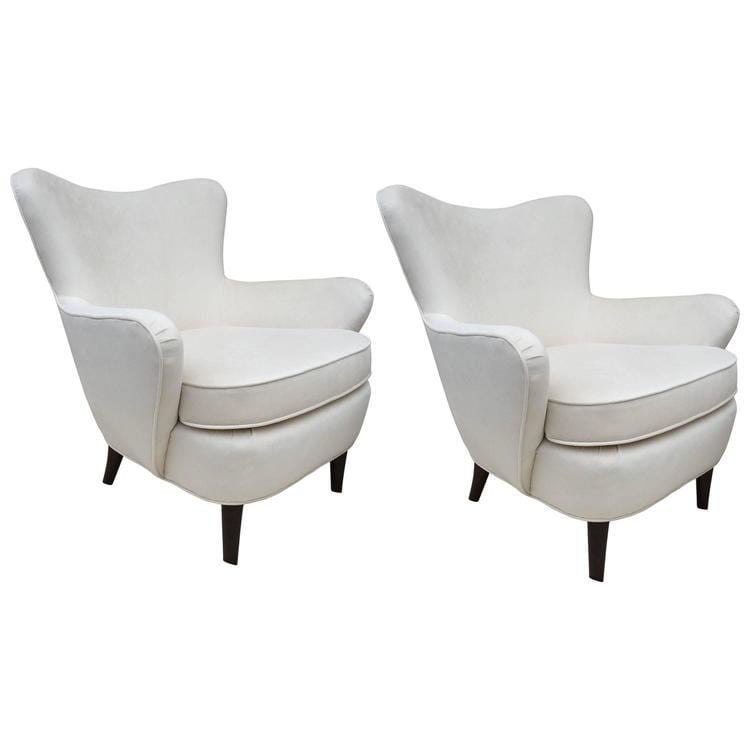Name Ernst Schwadron | Siblings Adolf Schwadron | |
 | ||
Ernst Schwadron (1896–1979) was an Austrian-born architect and interior designer.
Contents
- Life and work
- Recognition
- Private buildings and homes
- Public buildings
- Industrialoffice buildings
- Interior design
- Quotes
- Literature
- References
Life and work
Ernst Schwadron was born the eldest son of Victor Schwadron in Vienna who co-owned the renown ceramics company "Brüder Schwadron" with his brother Adolf. Ernst Schwadron started working as an architect in Vienna in the late 1920s, focusing on apartment interiors and furniture design, mainly for a wealthy Jewish clientele. His signature interior designs, furniture and lamps were typical for the restrained Viennese modernism of the early 1930s. By the mid 1930s Schwadron was well established as an architect and his works were published frequently in European architectural and design magazines. In 1938 he fled the Nazis and went to New York. In 1939 he was chief designer for Rena Rosenthal's interior design company. Later, he ran his own design business, Ernst Schwadron Inc. on Madison Avenue for 30 years. The only house Schwadron built in the U.S. is the home he built for himself and his second wife Gladys (Bradshell) in Cold Spring, New York in the late 1940s (which he called "Dream Lake"). He died in New York City in 1979 at the age of 82, pretty much forgotten in the architectural world.
Recognition
In the early 1930s, the critic Else Hoffmann called Schwadron “one of the most hired architects of the younger generation who has created not only apartments for the cultivated Viennese Bourgeoisie but also received diverse commissions abroad such as a hunting lodge for an Indian prince or villas in the former Yugoslavia.” ... “His taste and inventiveness” she writes, “together with his extraordinary knowledge about materials create apartments of highest functionality and a cultured mood.” She ends her article with a statement that, in hindsight, sounds prophetic, and also bitterly ironic: “great journeys are awaiting Schwadron, journeys that will open up new worlds — and new living circles. And new commissions will present themselves.” After Schwadron escaped the nazis by moving to the U.S. he received a few interior design commissions such as the design of the offices of the American Crayon Company (with Leopold Kleiner) and remodeling homes of fellow émigrés from Vienna but survived by mainly working in furniture design. His work was published in architectural magazines, and reviewed even in the New York Times, but his signature design typical for the restraint modernism of Viennese "domestic lifestyle" ("Wiener Wohnraumkultur") was hardly understood or appreciated in the U.S. He died pretty much forgotten in the architectural world albeit his furniture pieces can still to be found in auction houses.
Private buildings and homes
Public buildings
Industrial/office buildings
Interior design
Quotes
"The apartment of an architect should be a teaser for future clients, it should include a piece of family tradition, accommodate several collections and have a summer and winter garden. Last but not least, it has to be a pleasant and practical work and living space for the inhabitant."
